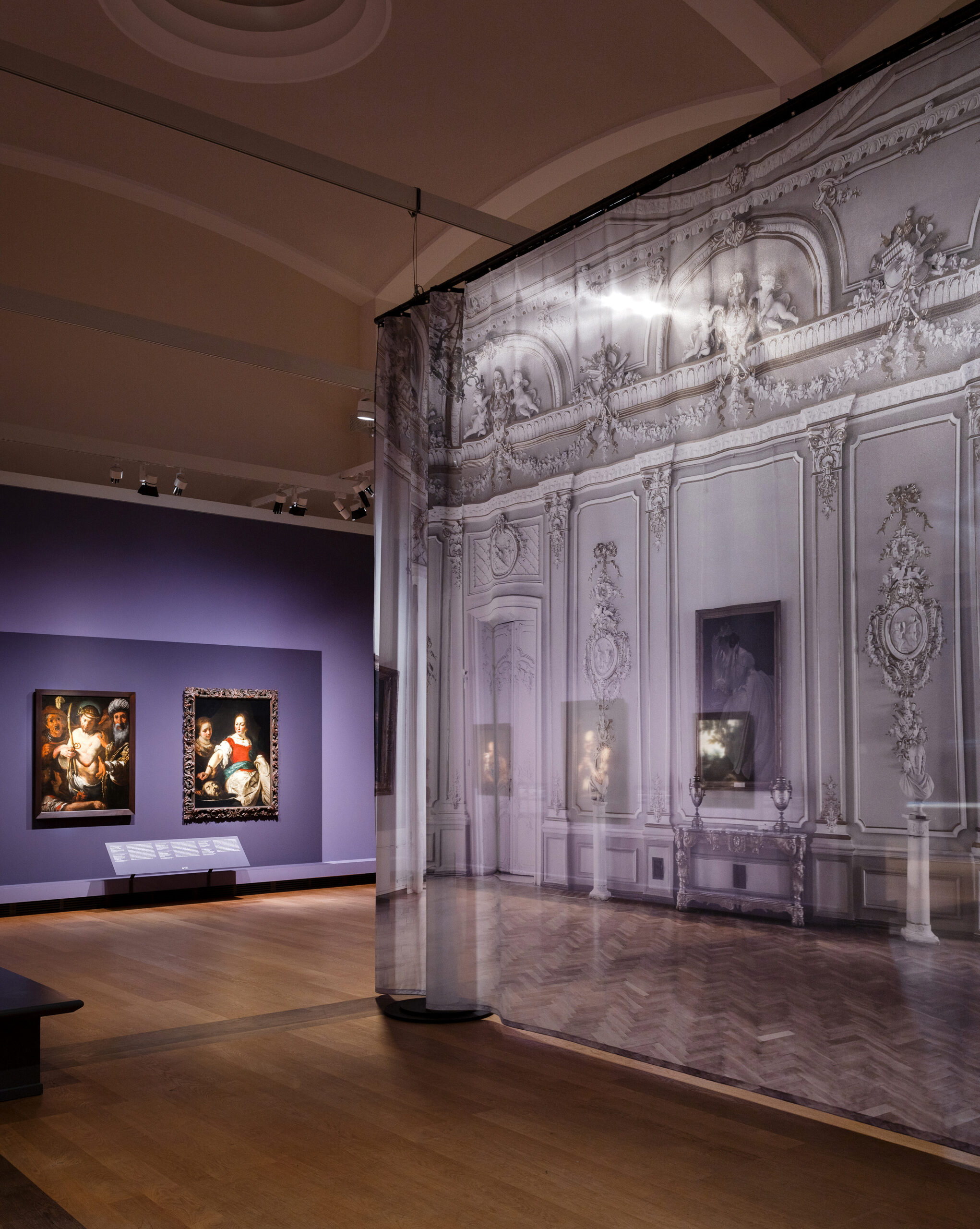
Shortly after Russia invaded Ukraine in February 2022, 74 of the most important paintings from the Odesa Museum of Western and Eastern Art were moved to an emergency storage facility for safekeeping. Now, 60 of those works are on display in From Odesa to Berlin: European Painting of the 16th to 19th Century at Berlin’s Gemäldegalerie. The show, which includes The Evangelist Luke by Frans Hals and Emile Claus’s Sunny Day, illuminates Ukraine’s centuries of cultural ties to Western Europe as well as Odesa’s own unique, pan-European history.

The exhibition is divided into nine chapters, focused on different genres of European painting. One of the first works visitors see is Domenico Morelli’s portrait of Helena Tolstoy, who married into the wealthy Tolstoy family, for whom she first worked as a maid in their Odesa household. Next to her is a portrait of Joseph de Ribas, the Italian-born soldier of Irish and Catalan descent who founded Odesa as part of a broader Russian imperialist push—his complicated history in Ukraine is acknowledged both here and at home.

Alongside paintings like these are twenty-five works from Berlin’s Gemäldegalerie, Alte Nationalgalerie, and the Kupferstichkabinett, chosen for their thematic ties to the Odesa Museum’s collection. Genoese painter Alessandro Magnasco’s Landscape with Figures, from the Odesa Museum, is hung alongside the Gemäldegalerie’s Southern Landscape with Evening Light, by Marco Ricci. Ricci was the nephew of a friend of Magnasco, and in these two works, each featuring washerwomen in a sweeping rural landscape, the elder painter’s influence on the younger man is evident. Hung together in this special show, each work also grounds the other in its broader European cultural context.
The Odesa Museum’s holdings are particularly focused on 17th-century Dutch painting as well as Italian works from the 17th and 18th centuries. Highlights from this part of the collection are the heart of From Odesa to Berlin. The show begins with portraiture, then dives into religious art, including paintings by Italian master Francesco Granacci and depictions of Biblical parables by the Dutch artist David Vinckboons. From there, the show takes on genre painting, still lifes, landscapes, and 19th-century plein-air painting and Impressionism.

In each chapter, From Odesa to Berlin neatly pairs several of the rescued works with a corresponding painting from Berlin’s state museum holdings. Seeing Gabriel von Max’s Light! (from the Odesa Museum) hanging next to his Faun and Nymph (from Berlin’s Nationalgalerie) demonstrates the shared spirit joining the two institutions’ collections and emphasizes the artist’s erotically charged humor. Even more poignant are two Granacci works from the late 15th century, depicting the Virgin Mary. Originally from the same workshop, this is the first time, possibly in centuries, that these two paintings have been shown together.

The Odesa Museum of Western and Eastern Art opened in 1924, with European art from the Renaissance through the 20th century constituting a major part of its collection. From the late 18th through the 19th century, Odesa was a diverse and cosmopolitan home to numerous families with major private art collections. The Bolshevik nationalization of their holdings after October 1917 became the basis for the museum’s founding, with the works brought together by a local committee protecting art and antiquities. After Russia began its war of aggression in 2022, the institution’s director, Ihor Poronyk, reached out to the Berlin State Museums for support.
The emergency storage facility where the museum’s works were being held did not have ideal climate conditions for the paintings, and it also remained at risk of looting or bombing. Alongside Dagmar Hirschfelder, the director of the Gemäldegalerie, and curators the Alte Nationalgalerie, they conceived the idea of a joint show that would highlight the collection’s place in European culture and links to Ukrainian identity, as well as emphasize the danger faced by museums in Ukraine.

To show Gemäldegalerie visitors the current situation at the Odesa Museum, a set of photographs of the building in its current state hang at the opening of From Odesa to Berlin. Plywood covers the museum’s windows, sandbags line the courtyard, and the building is under police protection, but the Odesa Museum remains open, despite missing so much of its main collection. Emerging artists were invited to paint the protective plywood, and the museum even celebrated its 100th anniversary last year. And in Berlin, the 74 paintings conveyed to the city have been treated by two Gemäldegalerie conservators, after being evacuated without their frames.
Though one of the guiding tenets of From Odesa to Berlin was the preservation of Ukrainian cultural identity, the exhibition isn’t just a beautiful example of Ukraine’s indelibly westward-facing cultural ties. The Odesa Museum’s collection was not previously well-known in Western Europe. In revealing to a wider audience not just the depth and breadth of a collection they likely have never seen before, the show is also an agreeably instructive, compact guide through 400 years of European art history.
[Written January 2025]
Cover photo: Von Odesa nach Berlin. Europäische Malerei des 16. bis 19. Jahrhunderts, Ausstellungsansicht, Gemäldegalerie 2024, © Staatliche Museen zu Berlin / David von Becker

